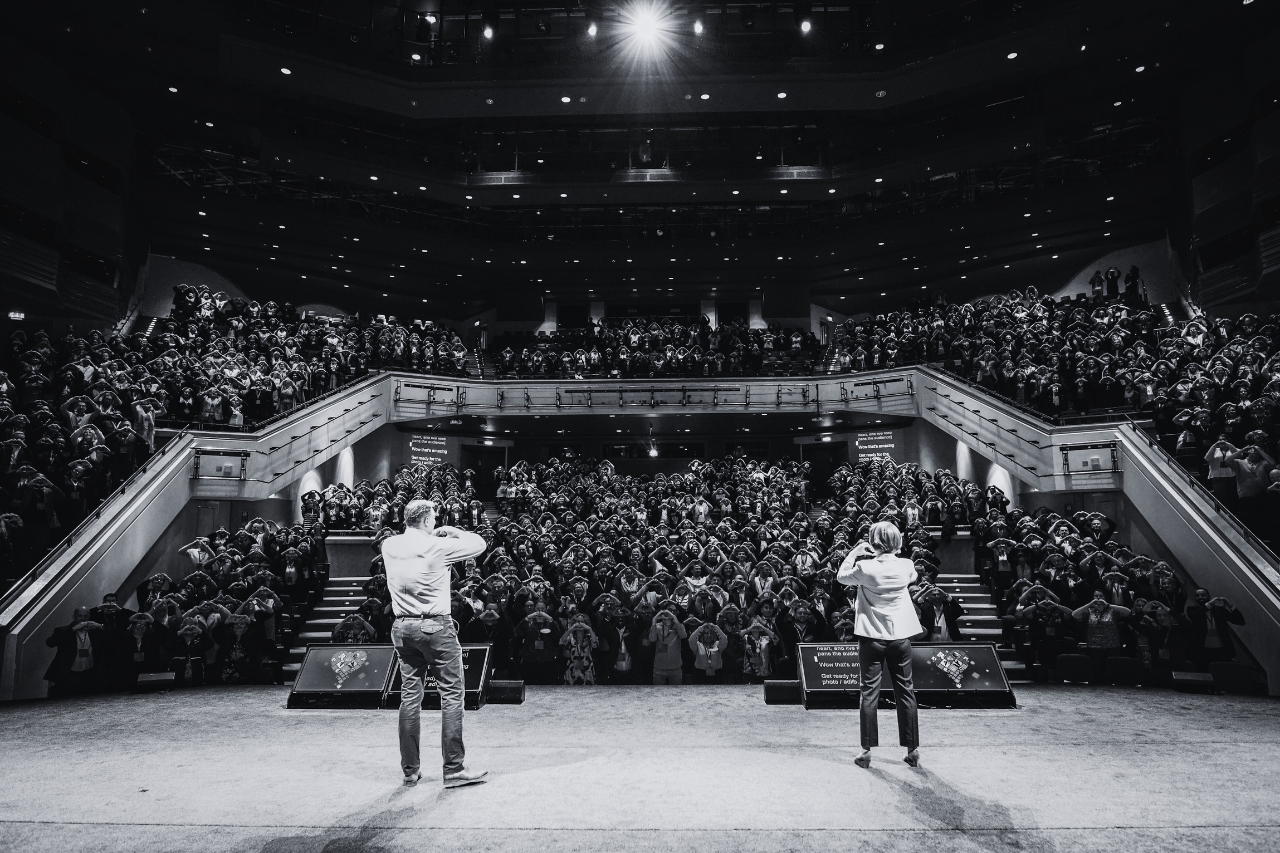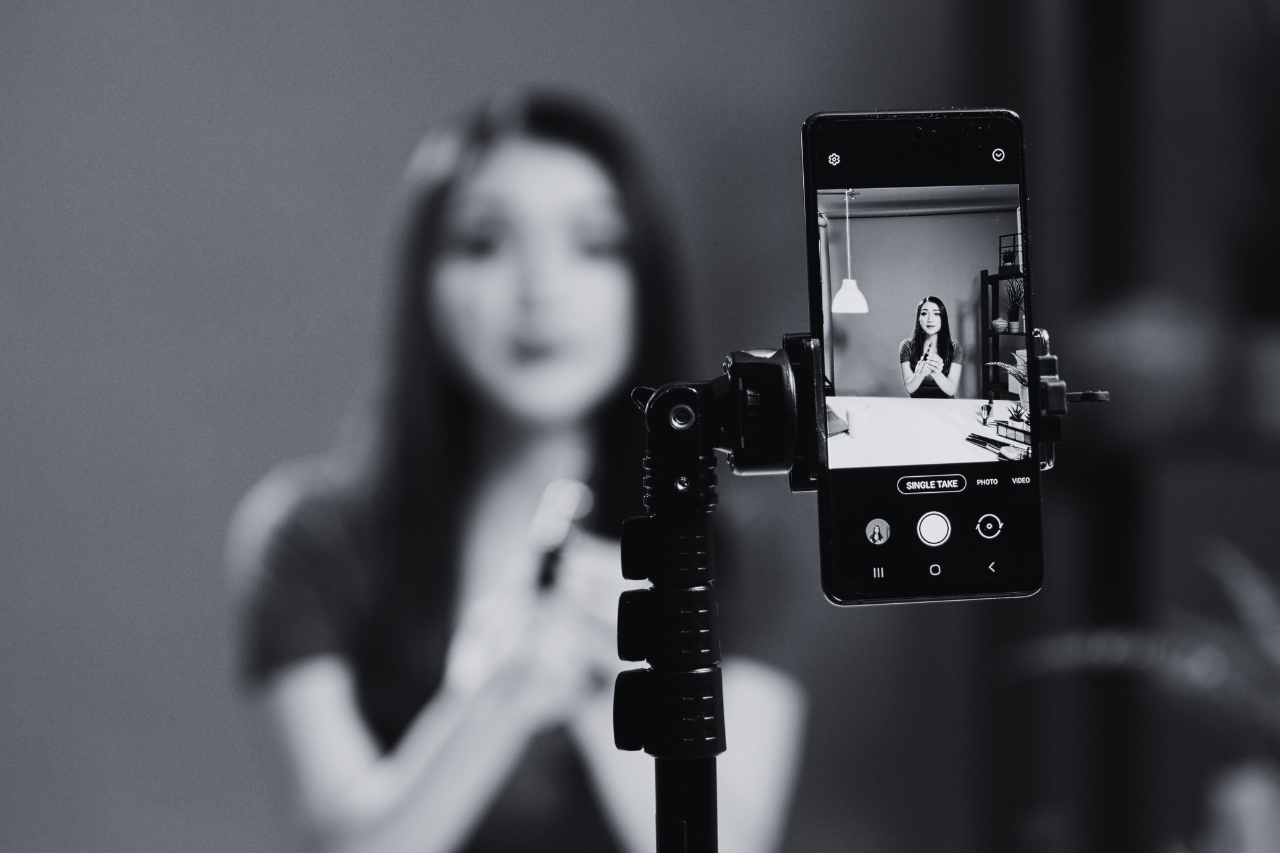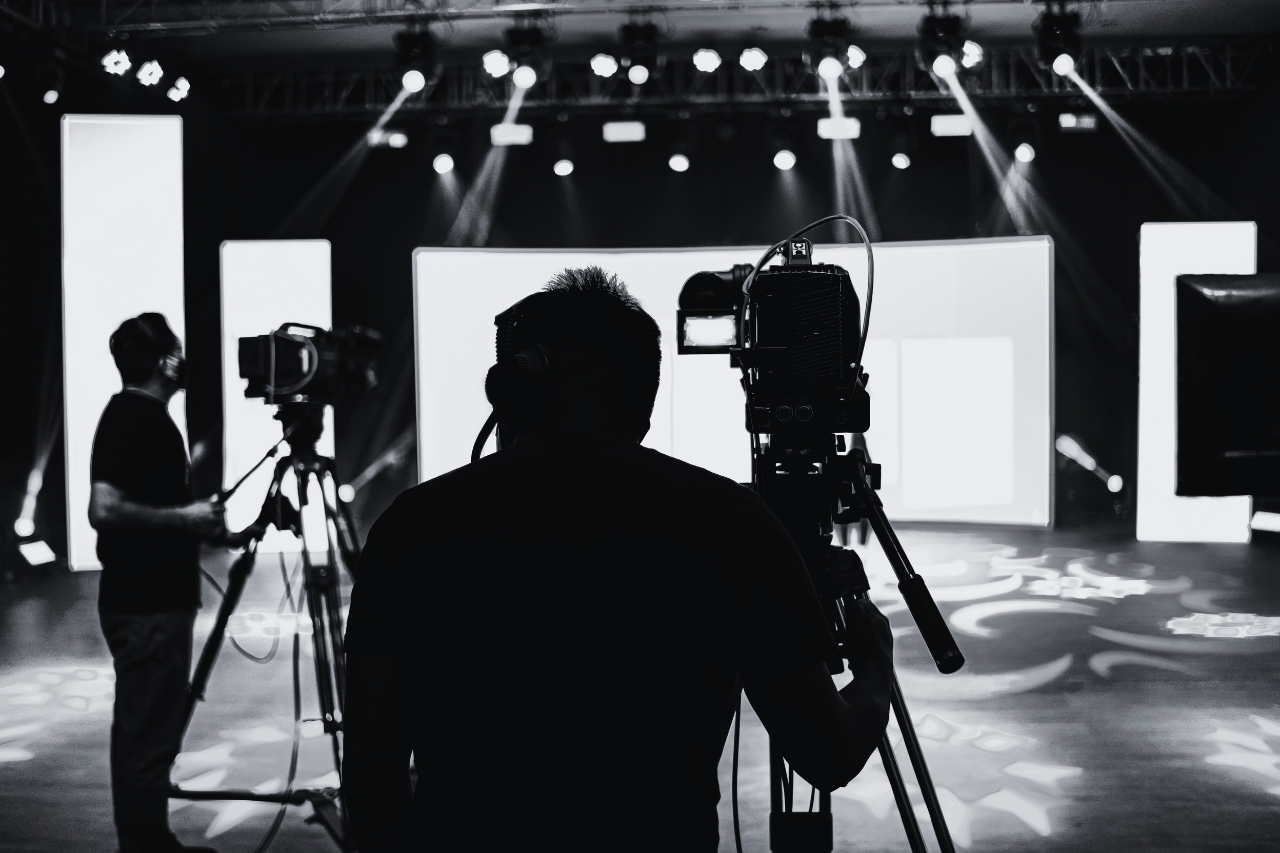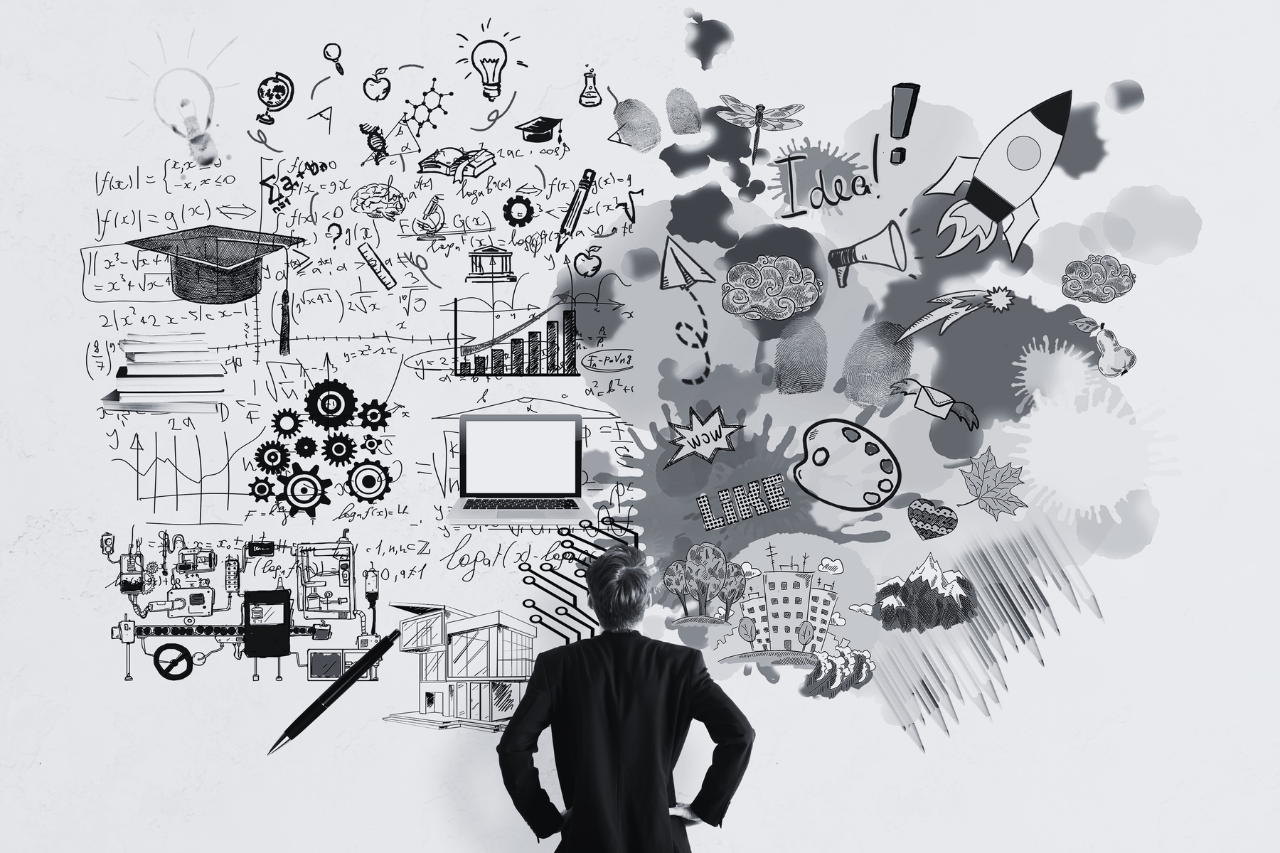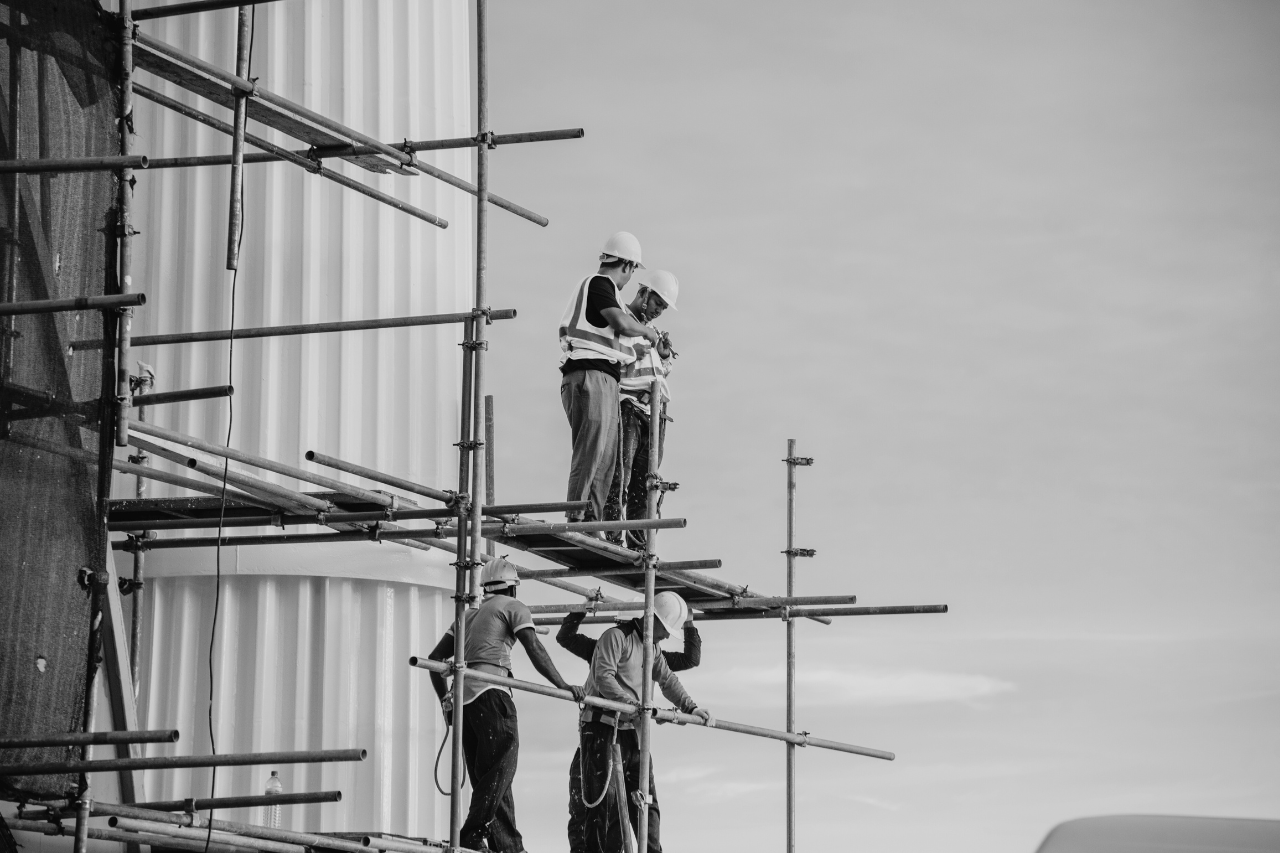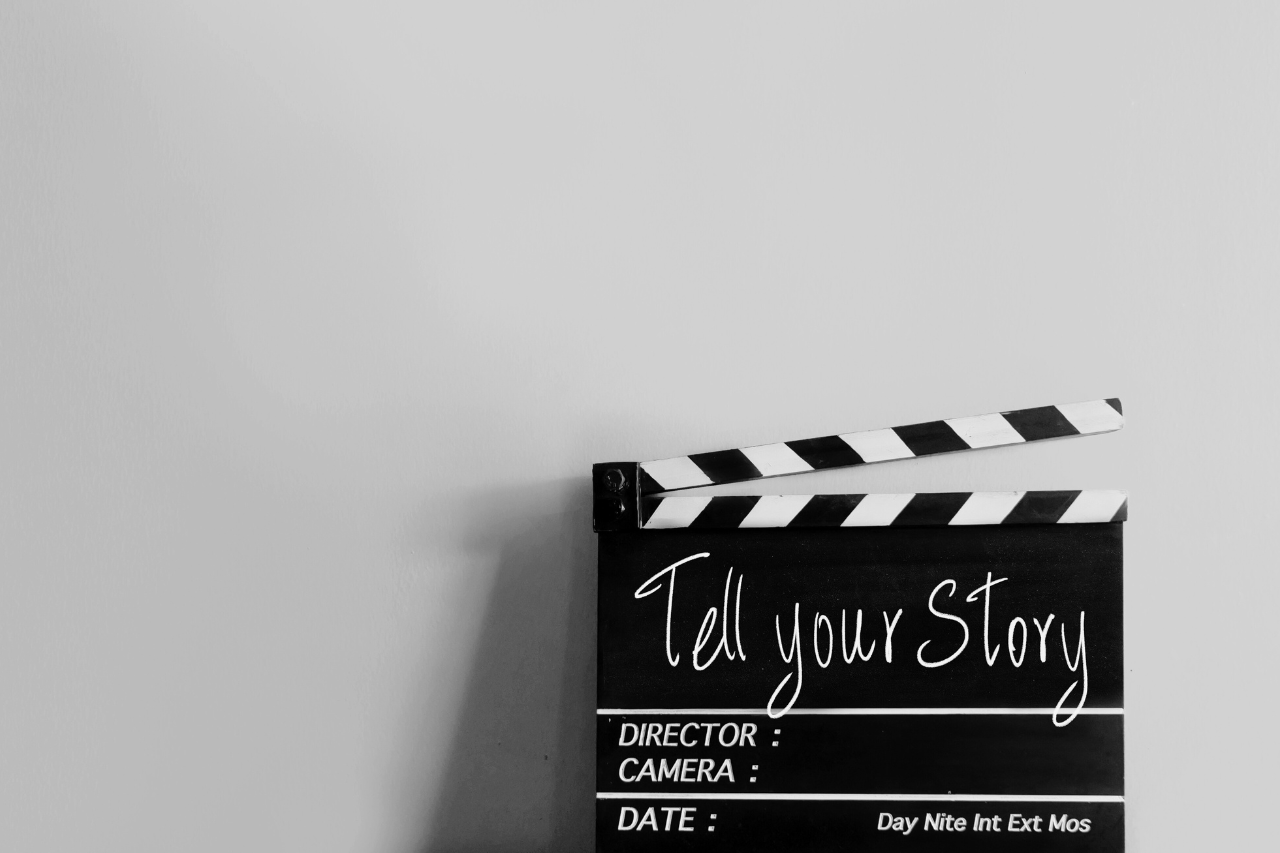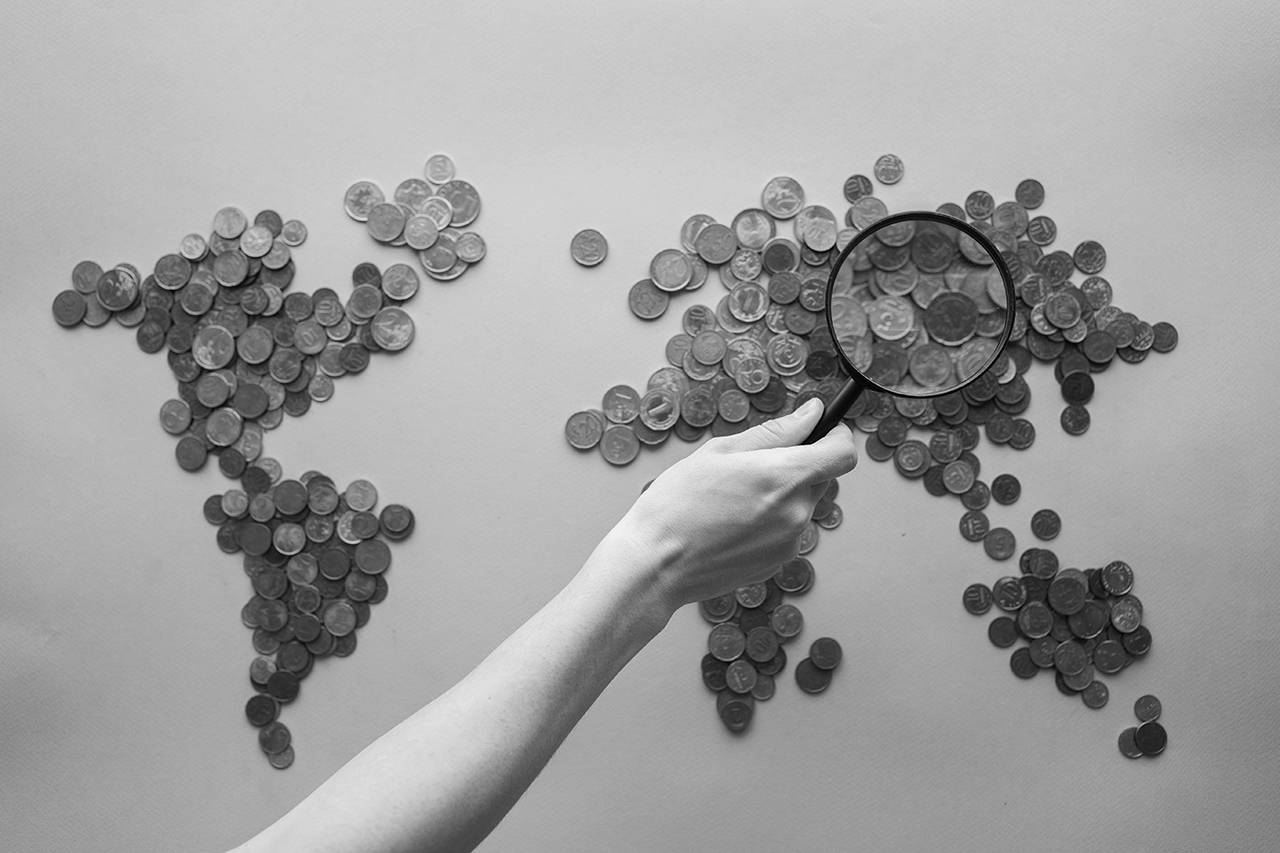
Understanding Your
Client's Needs
Understanding your client’s needs is crucial for delivering a successful video project. Let’s explore these 17 critical questions and why they matter:
Why do you want to create content?
This foundational question reveals the core purpose and motivation behind the project. Whether it’s brand awareness, product launch, training, or storytelling, knowing the “why” shapes every subsequent decision in the production process.
Who is your target audience?
Understanding the intended viewers’ demographic, psychographic, and behavioural characteristics is vital.
This information influences:
- Language and tone
- Visual style
- Platform selection
- Content complexity
- Length of the video
- Distribution strategy
What are your three key messages?
This question forces clients to distil their communication priorities.
Having clear key messages:
- Prevents content bloat
- Ensures focused storytelling
- Makes scriptwriting more efficient
- Helps measure project success
- Guides editing decisions
What is your ideal timeline?
Timeline discussions reveal:
- Project urgency
- Available resources
- Approval process complexity
- Distribution deadlines
- Budget implications
- This helps in resource allocation and setting realistic expectations.
What is your project budget?
Budget transparency affects:
- Production quality level
- Equipment choices
- Crew size
- Shooting duration
- Post-production capabilities
- Essential to discuss this early to avoid scope creep.
Is your video part of a strategy or campaign?
Understanding the broader context helps:
- Maintain brand consistency
- Align with other marketing efforts
- Plan for future content needs
- Create repurposable content
- Ensure message coherence
How will you measure results & ROI?
Defining success metrics upfront:
- Guides creative decisions
- Helps track performance
- Justifies investment
- Enables optimization
- Supports future projects
What emotion are you trying to evoke?
Emotional targeting influences:
- Music selection
- Visual style
- Pacing
- Colour grading
- Shot composition
What specific visuals should be captured?
This question helps:
- Plan shooting schedule
- Determine equipment needs
- Identify location requirements
- Guide shot lists
- Ensure comprehensive coverage
Who will speak on behalf of the organization?
Identifying speakers affects:
- Interview Preparation
- Scheduling
- Location choices
- Training needs
- Production timeline
Who needs to approve the final video?
Understanding the approval chain:
- Streamlines post-production
- Prevents delays
- Manages expectations
- Guides revision process
- Affects timeline
Where will the video be filmed?
Location decisions impact:
- Equipment needs
- Crew size
- Budget
- Timeline
- Technical requirements
- Legal permissions
How will the final video be hosted, distributed, and repackaged?
Distribution strategy influences:
- Technical specifications
- Format requirements
- Content structure
- Length considerations
- Additional deliverables
Bonus Tips for Client Questioning:
Active Listening
- Take detailed notes
- Ask follow-up questions
- Reflect back understanding
- Seek clarification when needed
Documentation
- Send written summaries
- Confirm key decisions
- Share production timeline
- Document change requests
Regular Communication
- Schedule check-ins
- Provide progress updates
- Address concerns promptly
- Maintain transparency
Flexibility
- Be open to changes
- Offer alternatives
- Adapt to new requirements
- Maintain scope boundaries
You create a solid foundation for successful video production by thoroughly exploring these questions with clients. This comprehensive discovery process helps avoid misunderstandings, manages expectations, and ensures the final product meets both creative and business objectives.
Remember that these questions may evolve based on specific project needs but provide a robust framework for client consultation in video production.

